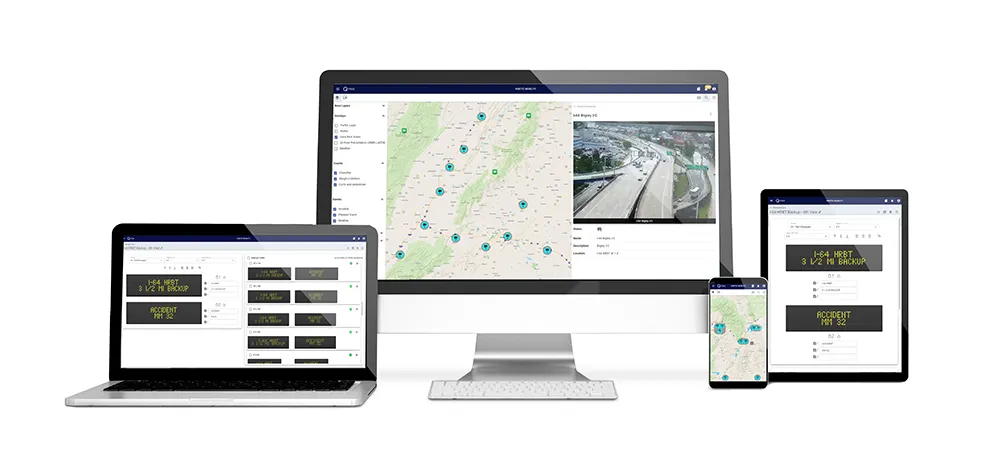VRS, the next generation of vehicle recognition solutions from image processing specialists HTS includes flexible architecture with robust logic for configuration of lanes, a new line of multi megapixel high performance, true IP cameras with live video streaming , as well as a proprietary central management software with user interface and web enabled.
April 2, 2014
Read time: 2 mins
VRS, the next generation of vehicle recognition solutions from image processing specialists 4015 HTS includes flexible architecture with robust logic for configuration of lanes, a new line of multi megapixel high performance, true IP cameras with live video streaming , as well as a proprietary central management software with user interface and web enabled.
The VRS SeeControl application is an intelligent vehicle management platform, transforming vehicle and licence plate data into valuable information for effective decision-making for law enforcement, security, logistical, revenue or operational purposes.
The SeeControl management suite provides activity reporting and a powerful event and alarm EngiNe for instant exception notification. The system installs, configures and administers HTS vehicle recognition imaging units, monitors device health and manages a database of all vehicle collected information.
The new flexible architecture enables effective lane configuration and lane logic depending on customer needs, easy site set-up, and friendly user interface.
The First imaging unit in this new series is the VRS N50, a next generation 2MP IP camera with customised illumination for optimum LPR performance in low light and all weather conditions, for essential logistics and security performance. In addition the imaging unit enables live video streaming for monitoring and security purposes with H.264 compression.
The VRS SeeControl application is an intelligent vehicle management platform, transforming vehicle and licence plate data into valuable information for effective decision-making for law enforcement, security, logistical, revenue or operational purposes.
The SeeControl management suite provides activity reporting and a powerful event and alarm EngiNe for instant exception notification. The system installs, configures and administers HTS vehicle recognition imaging units, monitors device health and manages a database of all vehicle collected information.
The new flexible architecture enables effective lane configuration and lane logic depending on customer needs, easy site set-up, and friendly user interface.
The First imaging unit in this new series is the VRS N50, a next generation 2MP IP camera with customised illumination for optimum LPR performance in low light and all weather conditions, for essential logistics and security performance. In addition the imaging unit enables live video streaming for monitoring and security purposes with H.264 compression.









